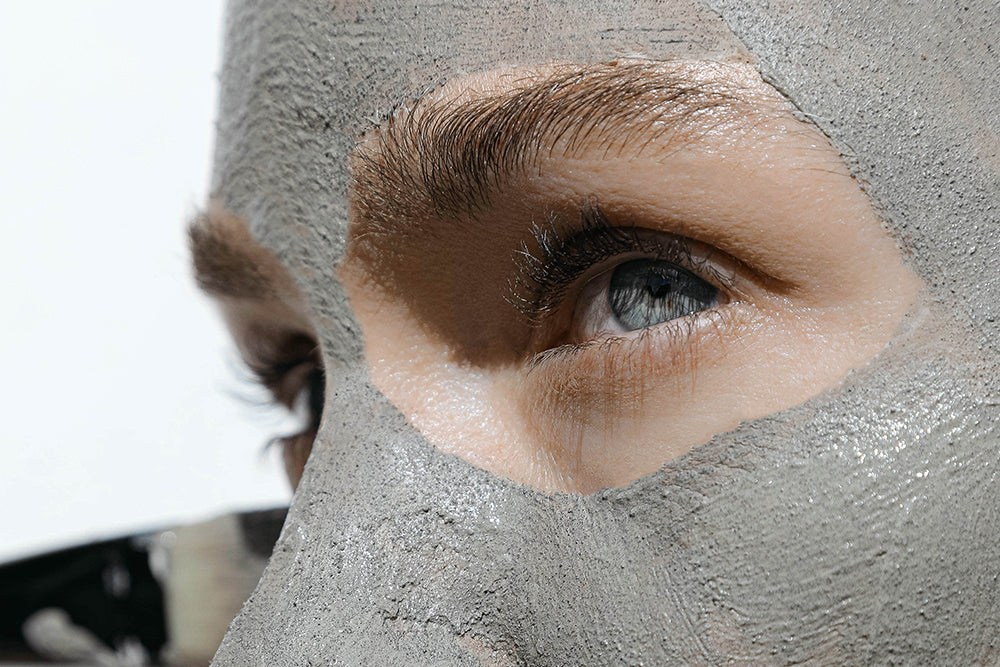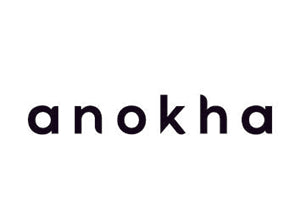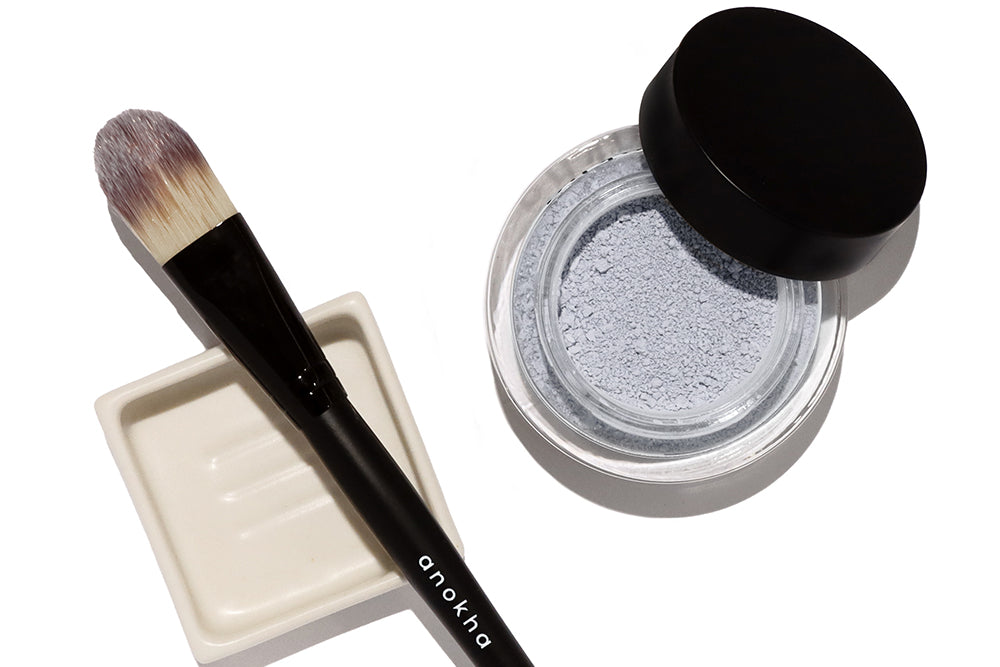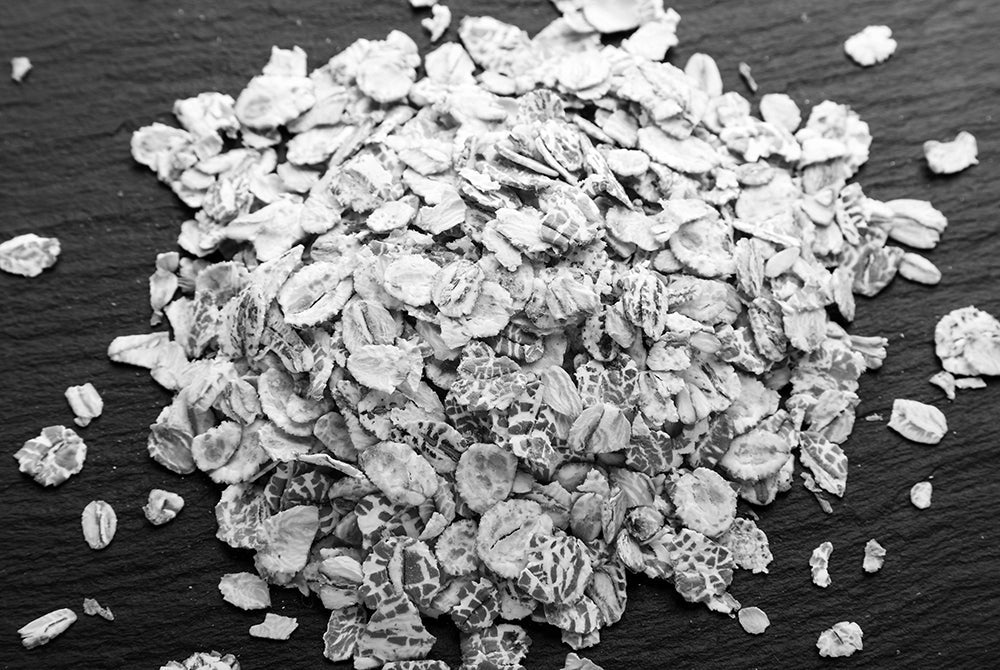
the benefits of a clay mask

the bottom line
Clay masques may well be one of the most under appreciated products on your skincare routine. If you aren't clay masque-ing at least weekly, you're missing out on the opportunity to reset your skin and to wipe the slate clean. So what are the benfits of a clay masque for oily skin, dry skin, and every skin in between? Read on, beauty, for a few insights.
first layer: the science of clay
What is clay and how does clay benefit the skin? To start, clay is a natural, fine grain material formed from rock or soil. It’s made up of mineral constituents which consist of clay minerals such as illite, kaolinite, montmorillonite-smectite, and chlorite; and associated minerals such as magnetite, hematite, and diaspore. Never content with taking the easy path, clay minerals form over very long periods of time as rocks weather from year to year, or through hydrothermal activity.
Clays have been traditionally relied on as medical remedies for the treatment of wounds, often being employed in poultices, or compresses, to aid in the reduction of inflammation. There’s even scientific research which suggests that clays have antibacterial effects, specifically against Staphylococcus aureus and Escherichia coli. Clays which contain iron, copper, and zinc are of special interest for wound healing, as these minerals are essential ingredients in collagen formation.
Natural clays fall into two general categories, absorbent (absorbs water and swells), and adsorbent (attracts particles but doesn't swell). Absorbent clays adhere to the skin, and are able to draw in excess sebum, bacteria, dead skin cells, and blackheads. Adsorbent clays, in contrast, attract dirt to the clay particle, and do not swell with the addition of water. Adsorbent clays are ideal for dry and sensitive skin, while absorbent clays are preferred for oilier skin.
second layer: shades of clay
One of the best things about clays is their varied colors: clays come in almost every color under the rainbow, and their hue is determined by the soil content in which they are found. Here are some of the most common clays used in the best face masques:
kaolin: also known as white clay, this is a kaolinite and is considered to be the mildest of all clays. Because it's adsorbent and can bind dirt, it's an excellent choice for dry and sensitive skin. It's additionally capable of stimulating the circulation while cleansing and gently exfoliating.
red clay: red clay is an illite, an absorbent clay. It's an ideal clay for oily skin as it absorbs oil and bacteria.
rhassoul mud: also known as Moroccan lava clay, rhassoul is an ancient clay which is mined from the Atlas Mountains of Morocco and then milled into a fine powder. It includes minerals such as silica, magnesium, and calcium. It's an absorbent clay appropriate for oily skin.
Multani mitti: also referred to as Fuller's earth, multani mitti is high in aluminum, silica, iron oxides, lime, and magnesium. It's a highly absorbent clay which draws excess oil from the skin and stimulates the circulation. Because it's so absorbent, it should be used no more than once per week on very oily or acne-prone skin.
pink clay: a combination of white kaolin and red clays, pink clay combines the best of both worlds by being both absorbent and adsorbent. It binds bacteria and dirt while cleansing, exfoliating, and stimulating the circulation. Dry, mature, and sensitive skin types generally respond well to pink clay.
green clay: a montmorillonite clay, green clay is a soft, mineral-rich clay that is found in Montmorillon, a commune located in France. It is an absorbent clay which efficiently attracts and absorbs oil from the skin, while rejuvenating it with a rich mineral composition that helps to promote glowing, softer skin.
yellow clay: yellow clay comes in both absorbent and adsorbent forms. Yellow illite clay effectively absorbs oil and impurities from oily skin, while yellow kaolin clay is adsorbent, and therefore milder and more suitable for dry and sensitive skin.
bentonite: a combination of montmorillonite and volcanic ash, bentonite is a highly absorbent clay. Save this one for use on oily skin.
blue clay: one of our favorites as well as one of the most unusual and valuable clays, blue clay is found in the salt lakes of Siberia. Cambrian blue clay derives its gorgeous hue from iron, zinc, and algae. As an adsorbent clay with kaolinite, it's believed to purify the skin, reduce pore size, and promote skin regeneration secondary to its mineral content of silica, kaolin, calcium, phosphate, iron, magnesium, and zinc.
third layer: how to masque
A proper masque begins with activation. To activate a dry clay masque, add water or any liquid of your choice. Most natural clay masques come in powder form given the challenges of preserving activated clay against bacteria, mold, and yeast with natural preservatives.
To activate your mask, add 1-2 teaspoons or 5 grams of dry mask powder to a clean dish or bowl (those little soy sauce bowls are perfect). Add enough liquid of your choice and swirl with a brush to form a smooth paste. Your choice of liquid depends on your skin type. For increased moisture, we favor honey, coconut milk, yogurt, cream, or whole milk (save the low-fat stuff for breakfast). For oily skin, use a bit of your toner or water. Sparkling water works quite nicely, too.
fourth layer: how to layer a masque
Layer your activated masque onto clean skin in smooth strokes. The goal is to evenly coat your entire face. If you want to get fancy, you can “multi-masque”, which means that you use different masques for different parts of your face, or different activations for different areas. For example, try a red clay masque for oily skin, activated with toner, for your oilier t-zone, and a white clay masque activated with milk for your drier cheeks.
We prefer to use masques when they are warm or at room temperature, as heat will open the pores to allow for easier removal of embedded debris and hardened sebum – as well as subsequent absorption of the key ingredients of your next layer.
Allow your masque to dry by 75% as a completely dry clay masque will begin to pull moisture from the skin. Using moist fingertips or a damp cloth, gently remove the masque from your face. Follow with toner, serum, and moisturizer to complete your rejuvenating skincare routine and achieve optimum balance.
fifth layer: how we do it
we're crazy about masques. our blue clay clarifying masque takes masque-ing to the next level with Cambrian blue clay, lemongrass, lime, and yuzu.
masque on for a clearer state of skin.
xx
anokha



leave us a comment
This site is protected by hCaptcha and the hCaptcha Privacy Policy and Terms of Service apply.